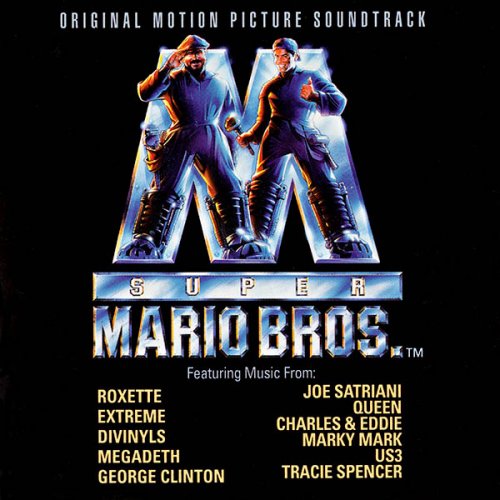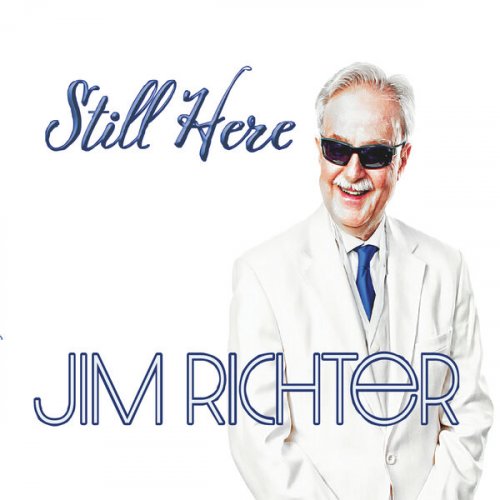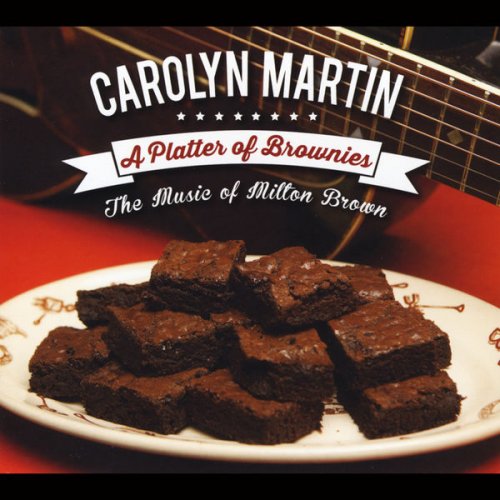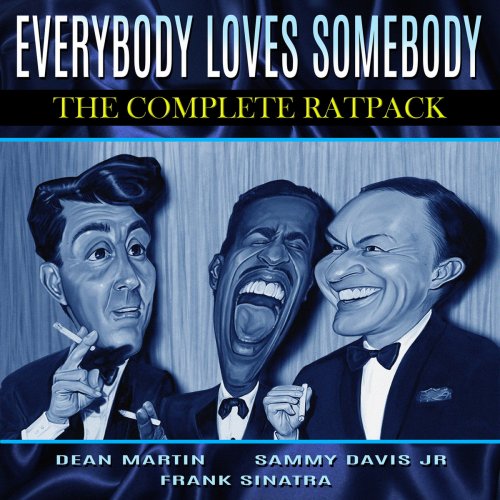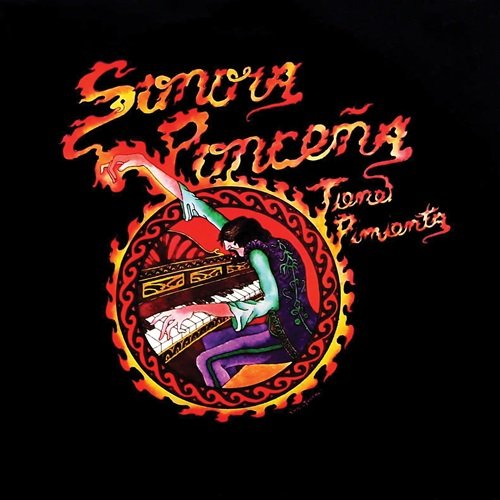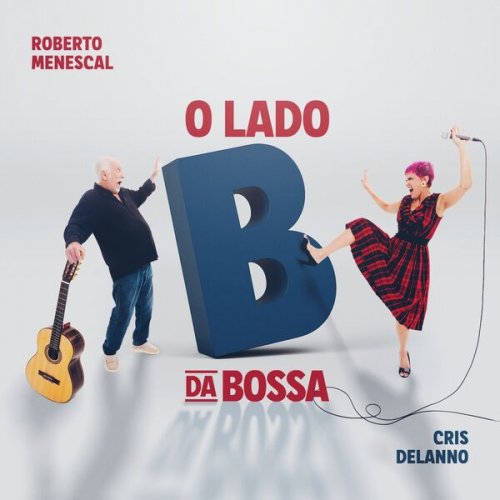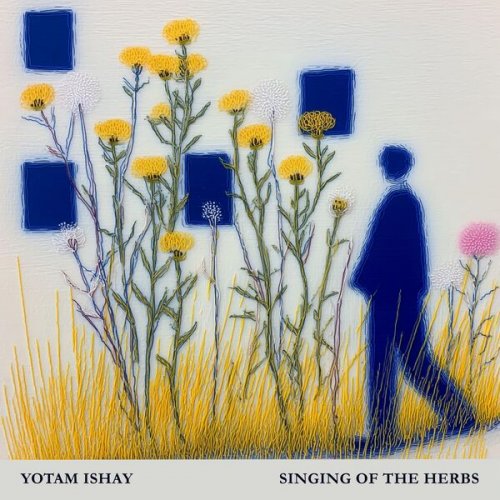Melinda Sullivan and Larry Goldings - Big Foot (2024)
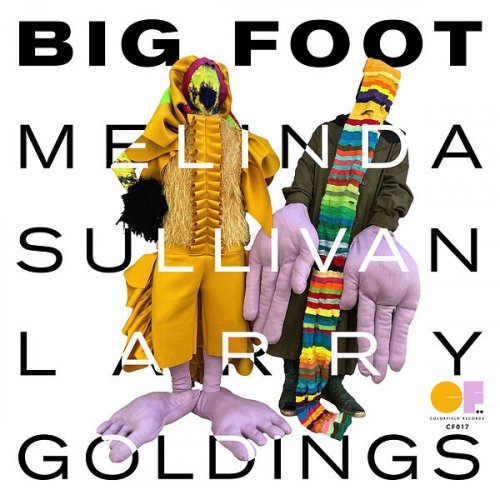
Artist: Melinda Sullivan, Larry Goldings
Title: Big Foot
Year Of Release: 2024
Label: Colorfield Records
Genre: Jazz
Quality: FLAC (tracks) / 24bit-48kHz FLAC (tracks)
Total Time: 32:02
Total Size: 162 / 350 MB
WebSite: Album Preview
Tracklist:Title: Big Foot
Year Of Release: 2024
Label: Colorfield Records
Genre: Jazz
Quality: FLAC (tracks) / 24bit-48kHz FLAC (tracks)
Total Time: 32:02
Total Size: 162 / 350 MB
WebSite: Album Preview
1. Bloom (04:18)
2. Sin Zapatos (03:10)
3. Do You Like (02:52)
4. Clear Day (04:19)
5. Ma Belle (00:58)
6. Big Foot (03:27)
7. Twins (02:50)
8. Mother Time (03:13)
9. Loose Caboose (01:25)
10. Quantize Me (03:13)
11. Dyad (02:19)
Melinda Sullivan (tap dancer) & Larry Goldings (pianist/composer) + guests Steve Gadd, Sam Gendel… – Big Foot
(Colorfield Records. Review by Liam Noble)
Having seen this duo’s YouTube videos and deciding not to read this album’s press release on first listen, putting this record on was a big surprise. Those early videos were stripped back, piano and tap with some left-hand bass and, like most projects emerging in the pandemic, may have had as much a therapeutic as artistic impetus behind them. Playing was never more an activity than it was then. There’s a homely, informal feel to them, which makes the musicianship all the more vivid somehow. Perhaps we can never go back to that moment: and perhaps that’s why, for this recording, there’s a massive change of artistic intention.
For starters, it’s a great cover. Mimi Haddon’s outfits with their outsize hands and feet remind me a bit of Claes Oldenburg’s Soft Drum Set in the way that you can almost hear what’s suggested in their surreal squishiness, as if those big hands and feet are too cumbersome to do anything too flashy. And then there’s the setting: Pete Lim’s lavishly equipped studio provided a similarly extravagant sonic experience, an “analogue bubblebath” (to borrow Aphex Twin’s title) of orchestral electronica. What’s interesting is how the direction of the album both gives in to the temptations of such a huge soundworld, yet maintains a clear path artistically.
Larry Goldings says on the press release that he “…wanted people to hear what Melinda does.” It’s an important distinction: listening as opposed to watching. Dance presents itself as a very visual medium, but in Melinda Sullivan’s case she has the melodic and rhythmic brain of a drummer. In other words, it is music, and taking away the spectacle gives her melodies space to move. Focusing on that enables Goldings to spreads a wide sonic blanket without getting in the way. Likewise, Sullivan’s modified instrumentation is referred to as “socks, sand and sneakers”, which must have felt a bit like Bob Dylan going electric, feet wise. Everyone’s in a slightly weird place.
The music is a fascinating mix: Goldings cites Zawinul as an influence (how can you avoid him?) and the opening track “Bloom” starts in that sonic territory but in the first few seconds some outlandish modulation bends the line out of shape, and we know we’re in for something else. There’s a soft palette of comfy analogue goodness here, and Sullivan’s “brushwork” blends easily, yet the intricacy of her rhythmic patterns are to the fore as Goldings nonchalantly sends notes soaring into space against the varying backdrop. The addition of Karl McComas-Reichl on bass, Daphne Chen on violin and viola, CJ Camerieri on trumpet and flugelhorn and Sam Gendel on saxophone means that, along with some flashes of acoustic piano, our ears are taken “out of the desk” here and there. It’s a smart move. On tunes like “Mother Time”, the piano forms the backbone, with Goldings getting his trademark tasty, expertly prepared dissonance in around the bleeps and bloops as Sullivan spins tabla-like variations. Instrumental parts wind gently around the tap, which runs (no pun intended) throughout, and the odd tasty dissonance dropped in takes this track closer to a jazz sensibility. Elsewhere, “Loose Caboose” and “Ma Belle” get a little crazier, confrontational even, like two cats in a bag. Both tracks are around a minute long, like short immersions in an icy lake. I think they’re some of my favourite moments.
“Do You Like” starts with Steve Gadd playing a rhythm on a cardboard box, from which a surprising lilting groove emerges, and chords blossoming out in modulating petals like a more listener-friendly “Giant Steps”. The vocal overlays (courtesy of Golding’s daughter Anna) and the harmonies here remind me of Norma Winstone and John Taylor, and it’s those little touches of jazz running through this album that gives it such a distinctive sound. I also like the idea that drummers everywhere will be asking Gadd about which kind of box he was using…maybe a “Gadd Signature Cheerios Edition” will be out soon.
Every track here has something unique in its sound, yet nostalgia occasionally peaks through. I even found myself thinking of Bob James at one point, of a “smooth jazz” era where notes were carefully chosen to artfully create a comfortable listen. I think that’s as worthy a task as anything else in music. But there’s more going on here I think. Larry Goldings is a great presence on social media, as humourist and educator, general musical advisor and short filmmaker. And there’s something about the sound of this album that reminds me of YouTubers with their thousands of pounds worth of keyboards and pedals, running a couple of chords through it all, zoning out in reverbs and delays, glitches and smears. For me, there’s a nod to that world (and a brief look at Golding’s selection of keyboards in the press release will have some salivating uncontrollably), but it’s a sly one…I can imagine his poker face as his hands dart across a plethora of keys and flashing lights. Humour never works in music unless it’s backed up with artistry, and that’s the impression this recording left me with. By the time we reach “Dyad”, the closing track, it’s all rhythm, and it feels like a return to the source and the inspiration of this quirky and often beautiful album.
(Colorfield Records. Review by Liam Noble)
Having seen this duo’s YouTube videos and deciding not to read this album’s press release on first listen, putting this record on was a big surprise. Those early videos were stripped back, piano and tap with some left-hand bass and, like most projects emerging in the pandemic, may have had as much a therapeutic as artistic impetus behind them. Playing was never more an activity than it was then. There’s a homely, informal feel to them, which makes the musicianship all the more vivid somehow. Perhaps we can never go back to that moment: and perhaps that’s why, for this recording, there’s a massive change of artistic intention.
For starters, it’s a great cover. Mimi Haddon’s outfits with their outsize hands and feet remind me a bit of Claes Oldenburg’s Soft Drum Set in the way that you can almost hear what’s suggested in their surreal squishiness, as if those big hands and feet are too cumbersome to do anything too flashy. And then there’s the setting: Pete Lim’s lavishly equipped studio provided a similarly extravagant sonic experience, an “analogue bubblebath” (to borrow Aphex Twin’s title) of orchestral electronica. What’s interesting is how the direction of the album both gives in to the temptations of such a huge soundworld, yet maintains a clear path artistically.
Larry Goldings says on the press release that he “…wanted people to hear what Melinda does.” It’s an important distinction: listening as opposed to watching. Dance presents itself as a very visual medium, but in Melinda Sullivan’s case she has the melodic and rhythmic brain of a drummer. In other words, it is music, and taking away the spectacle gives her melodies space to move. Focusing on that enables Goldings to spreads a wide sonic blanket without getting in the way. Likewise, Sullivan’s modified instrumentation is referred to as “socks, sand and sneakers”, which must have felt a bit like Bob Dylan going electric, feet wise. Everyone’s in a slightly weird place.
The music is a fascinating mix: Goldings cites Zawinul as an influence (how can you avoid him?) and the opening track “Bloom” starts in that sonic territory but in the first few seconds some outlandish modulation bends the line out of shape, and we know we’re in for something else. There’s a soft palette of comfy analogue goodness here, and Sullivan’s “brushwork” blends easily, yet the intricacy of her rhythmic patterns are to the fore as Goldings nonchalantly sends notes soaring into space against the varying backdrop. The addition of Karl McComas-Reichl on bass, Daphne Chen on violin and viola, CJ Camerieri on trumpet and flugelhorn and Sam Gendel on saxophone means that, along with some flashes of acoustic piano, our ears are taken “out of the desk” here and there. It’s a smart move. On tunes like “Mother Time”, the piano forms the backbone, with Goldings getting his trademark tasty, expertly prepared dissonance in around the bleeps and bloops as Sullivan spins tabla-like variations. Instrumental parts wind gently around the tap, which runs (no pun intended) throughout, and the odd tasty dissonance dropped in takes this track closer to a jazz sensibility. Elsewhere, “Loose Caboose” and “Ma Belle” get a little crazier, confrontational even, like two cats in a bag. Both tracks are around a minute long, like short immersions in an icy lake. I think they’re some of my favourite moments.
“Do You Like” starts with Steve Gadd playing a rhythm on a cardboard box, from which a surprising lilting groove emerges, and chords blossoming out in modulating petals like a more listener-friendly “Giant Steps”. The vocal overlays (courtesy of Golding’s daughter Anna) and the harmonies here remind me of Norma Winstone and John Taylor, and it’s those little touches of jazz running through this album that gives it such a distinctive sound. I also like the idea that drummers everywhere will be asking Gadd about which kind of box he was using…maybe a “Gadd Signature Cheerios Edition” will be out soon.
Every track here has something unique in its sound, yet nostalgia occasionally peaks through. I even found myself thinking of Bob James at one point, of a “smooth jazz” era where notes were carefully chosen to artfully create a comfortable listen. I think that’s as worthy a task as anything else in music. But there’s more going on here I think. Larry Goldings is a great presence on social media, as humourist and educator, general musical advisor and short filmmaker. And there’s something about the sound of this album that reminds me of YouTubers with their thousands of pounds worth of keyboards and pedals, running a couple of chords through it all, zoning out in reverbs and delays, glitches and smears. For me, there’s a nod to that world (and a brief look at Golding’s selection of keyboards in the press release will have some salivating uncontrollably), but it’s a sly one…I can imagine his poker face as his hands dart across a plethora of keys and flashing lights. Humour never works in music unless it’s backed up with artistry, and that’s the impression this recording left me with. By the time we reach “Dyad”, the closing track, it’s all rhythm, and it feels like a return to the source and the inspiration of this quirky and often beautiful album.
Download Link Isra.Cloud
Melinda Sullivan - Big Foot FLAC.rar - 162.5 MB
Melinda Sullivan - Big Foot Hi-Res.rar - 350.6 MB
Melinda Sullivan - Big Foot FLAC.rar - 162.5 MB
Melinda Sullivan - Big Foot Hi-Res.rar - 350.6 MB
